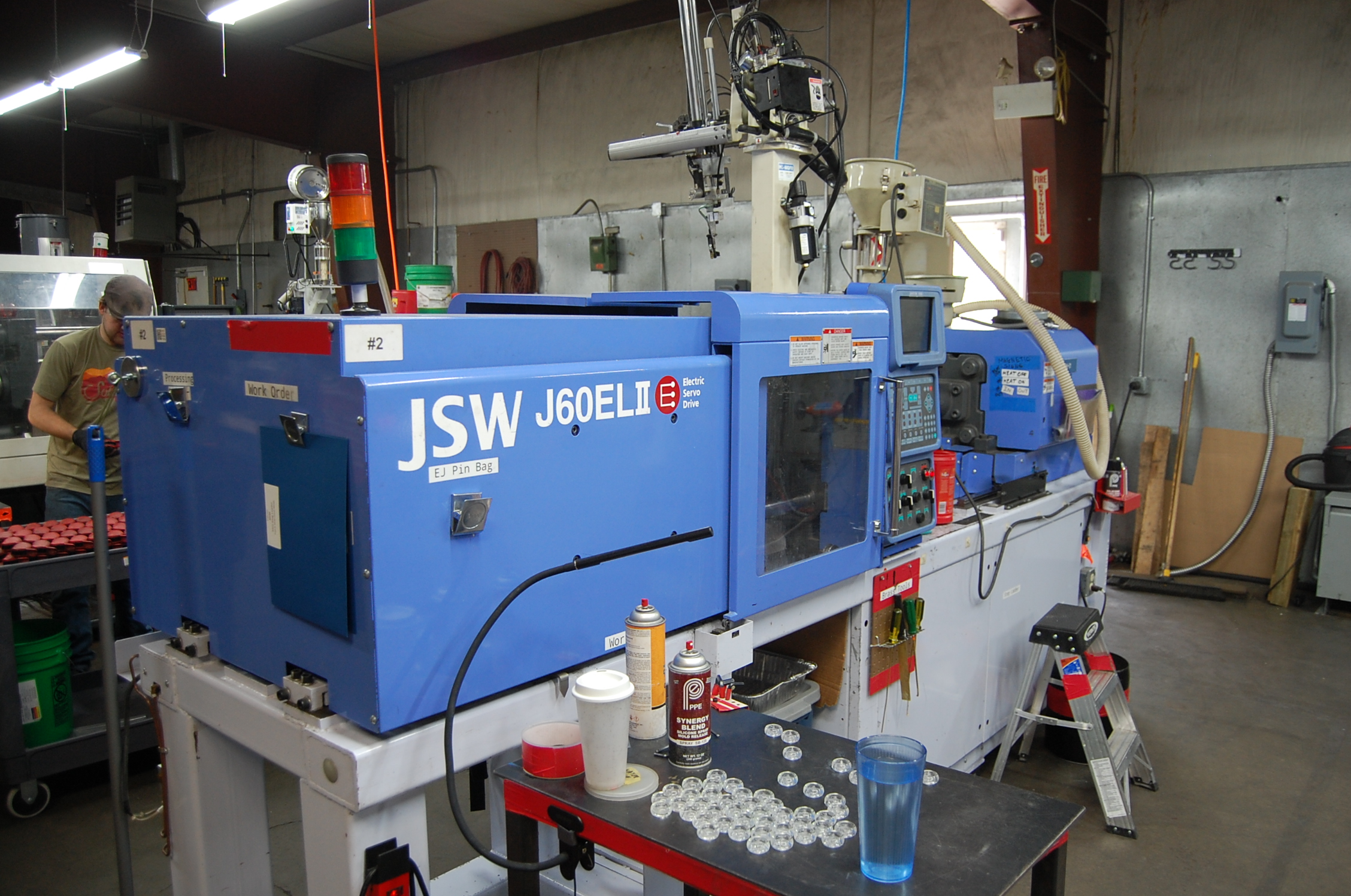Examine This Report on Mfgs
Wiki Article
The smart Trick of Oem That Nobody is Talking About
Table of ContentsManufacturing Fundamentals Explained8 Easy Facts About Plastic Manufacturing DescribedLittle Known Facts About Manufacturing.Indicators on Die Casting You Should KnowThe Best Guide To Plastic ManufacturingThe 7-Second Trick For Manufacturing Industries
The text on this page is an example from our full White Paper 'Shot Moulding for Purchasers' - * Example message * - for complete guide click the download switch above! Intro This overview is intended for individuals who are seeking to resource plastic mouldings. It gives a much needed insight into all that is included with producing plastic components, from the mould tool called for to the moulding procedure itself.If you desire to explore further, the overview covers sorts of mould devices, as well as special finishing processes such as colours & plating. Words that are highlighted can be discovered in the glossary in the appendix ... Part I: Moulding: The Basics The Advantages of Injection Moulding Plastic shot moulding is a really accurate process that offers several advantages over various other plastic processing techniques.
Precision is ideal for extremely elaborate parts. Contrasted to various other techniques, moulding permits you to integrate even more features at really tiny resistances. Have a look at the image to the. You can hold this moulding in the hand of your hand as well as it has employers, ribs, steel inserts, side cores and openings, made with a sliding turned off attribute in the mould device.
Our Mfg Statements


from material feed & melting; product injection; cooling down time as well as ejection to the re-closing of the mould tool all set for the following cycle. Draft angles - The walls of a moulded component should be a little tapered in the direction in which the component is ejected from the mould device, to allow the component to be expelled easily.
Ejector stroke - The pressing out of ejector pins to eject the moulded component from the mould device. Ejector stroke speed, size and also timing needs to be meticulously controlled to stop damage to the ejectors and also mould tool, yet at the same time make the moulding cycle as brief as feasible.

The 4-Minute Rule for Lean Manufacturing
Ribs - When a plastic part has slim wall surfaces, ribs are included to the layout to make the thin walls stronger Side cores - Side activity which generates a function on a moulded component, at an opposing angle to the typical opening direction of the mould device. plastic manufacturing. The side core needs to be able to withdraw as the plastic component can not be ejected otherwise.
Walls - The sides of a moulded component The text on this web page is an example from our complete White Paper 'Injection Moulding for Customers'.
Shot moulding is widely made use of for making a variety of components, from the smallest elements to entire body panels of cars. Shot moulding makes use of a special-purpose maker that has 3 parts: site link the shot system, the mould and the clamp.
Not known Facts About Manufacturing Industries
, with the volume used of the previous being substantially higher.: 13 Thermoplastics are widespread due to attributes that make them very suitable for shot moulding, such as simplicity of recycling, adaptability for a wide selection of applications,: 89 as well as ability to soften and also stream on home heating.In several read here cavity moulds, each dental caries can be similar and form the very same parts or can be unique and develop several various geometries throughout a solitary cycle. Moulds are generally made from tool steels, yet stainless steels and also aluminium moulds appropriate for sure applications. Aluminium moulds are commonly ill-suited for high volume manufacturing or parts with slim dimensional resistances, as they have substandard mechanical buildings as well as are extra prone to wear, damage, and also contortion during the injection and securing cycles; nonetheless, aluminium moulds are economical in low-volume applications, as mould manufacture expenses and time are substantially minimized.
When sufficient material has collected, the product is forced at high pressure as well as velocity into the component forming cavity. The precise quantity of contraction is a feature of the material being utilized, and also can be fairly predictable. To stop spikes in pressure, the process normally utilizes a transfer position representing a 9598% complete tooth cavity where the screw shifts from a constant rate to a consistent pressure control.
Our Mfg Statements
Once the screw reaches the transfer position the packing pressure is applied, which finishes mould dental filling and also makes up for thermal shrinkage, which is quite high for thermoplastics about numerous various other materials. The packaging stress is applied up until eviction (cavity entryway) strengthens. As a result of its little dimension, eviction is generally the first area to strengthen with its entire thickness.: 16 Once the gate solidifies, say goodbye to material can go into the cavity; accordingly, the screw reciprocates as well as gets product for the following cycle while the product within the mould cools down to ensure that it can be expelled and be dimensionally steady.Report this wiki page